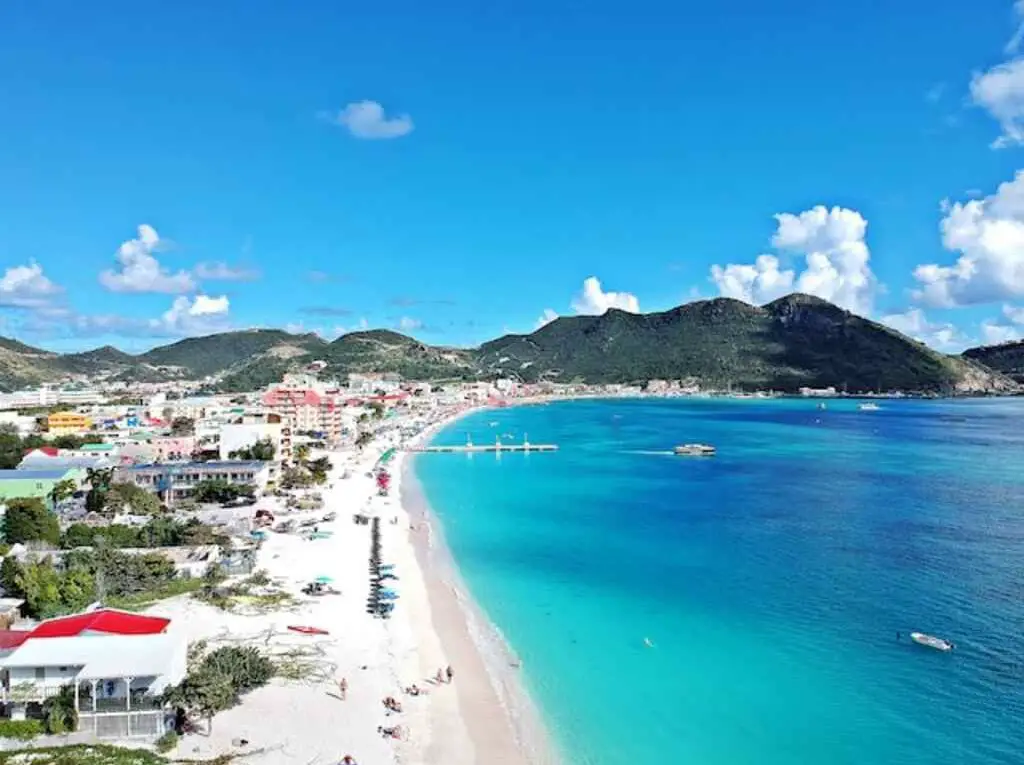Is St Maarten a Poor Country? Economic Realities Explored
Welcome to our in-depth analysis of St Maarten’s economy. The island nation, located in the Caribbean Sea, has been a popular tourist destination for many years. However, with a high poverty rate and socio-economic challenges, many may question: is St Maarten a poor country?
In this article, we will explore the economic realities of St Maarten, including its socio-economic status, living conditions, economic development initiatives, inequality, the role of the tourism industry and agriculture, the government’s role in the economy, and the future outlook.
We will also provide answers to frequently asked questions and a list of sources used for further research. Join us as we delve deeper into the economic situation in St Maarten and examine its potential for growth and development.
Table of Contents
- 1 Key Takeaways
- 2 Is St Maarten a Poor Country?
- 3 The Socio-Economic Status of St Maarten
- 4 Living Conditions in St Maarten
- 5 Economic Development in St Maarten
- 6 Inequality in St Maarten
- 7 The Tourism Industry in St Maarten
- 8 The Agriculture Industry in St Maarten
- 9 The Role of Government in St Maarten’s Economy
- 10 The Future of St Maarten’s Economy
- 11 The Economic Realities of St Maarten: A Final Analysis
- 12 Frequently Asked Questions
- 13 Conclusion
- 14 Frequently Asked Questions
- 14.1 What is the poverty rate in St Maarten?
- 14.2 What initiatives has the government of St Maarten put in place to alleviate poverty?
- 14.3 What is the economic outlook for St Maarten?
- 14.4 What are the major industries in St Maarten?
- 14.5 What are the living conditions like in St Maarten?
- 14.6 What role does the government play in St Maarten’s economy?
- 15 References
- 16 Author
Key Takeaways
- St. Maarten is not considered a poor country but a relatively prosperous one in the Caribbean region.
- The island’s economy relies heavily on tourism, which contributes to its overall prosperity.
- St. Maarten boasts a high standard of living and modern infrastructure.
- The region’s economic success has made it an attractive destination for businesses and investments.
- While St. Maarten has its challenges and disparities, it generally enjoys a higher standard of living compared to many other Caribbean nations.
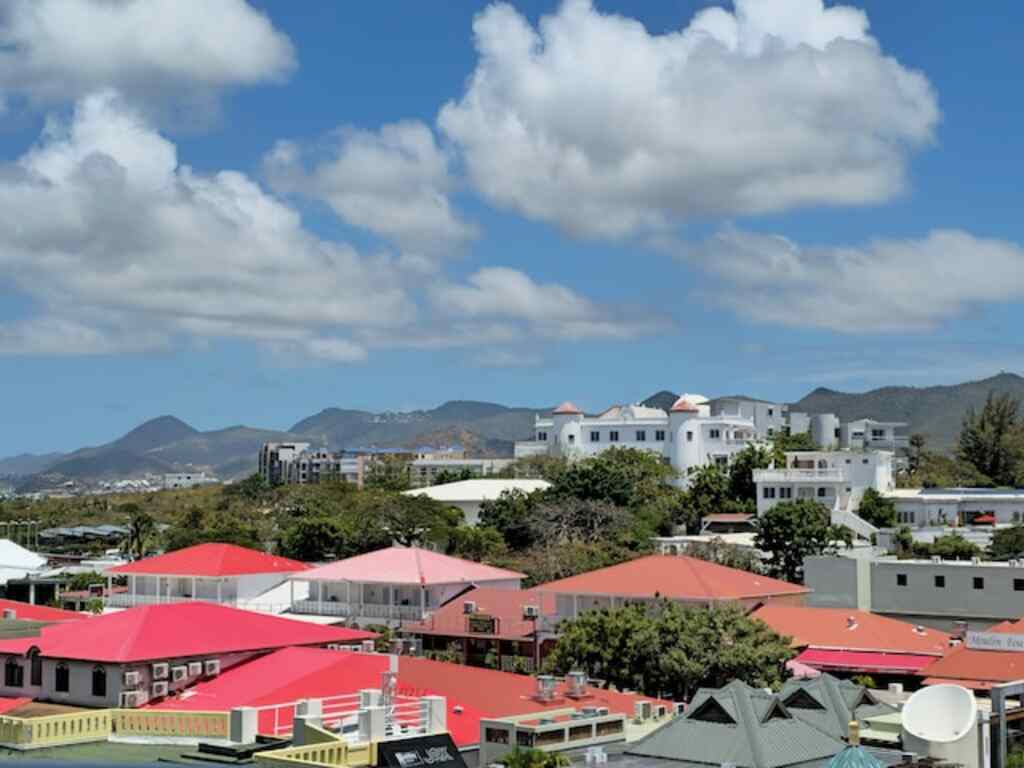
Is St Maarten a Poor Country?
St Maarten is classified as a country with a high income per capita, but it does face significant socio-economic challenges such as income inequality and poverty. The poverty rate on the island is estimated to be around 15%, and many families struggle to access basic necessities. The COVID-19 pandemic has led to a rise in unemployment and further exacerbated the existing challenges.
The Socio-Economic Status of St Maarten
St Maarten’s socio-economic status is characterized by a high level of income inequality and poverty. According to the World Bank, the poverty rate on the island is estimated to be around 15%, with many families struggling to make ends meet.
The island’s economy heavily relies on the tourism industry, which has been impacted by the COVID-19 pandemic. As a result, many people have lost their jobs, exacerbating the existing socio-economic challenges.
Income Distribution
St Maarten’s income distribution is highly skewed, with a small percentage of the population owning a large share of the country’s wealth. In 2019, the top 20% of income earners accounted for 62% of the total income, while the bottom 20% accounted for only 3%.
This income disparity has significant implications for poverty rates and access to resources such as healthcare, education, and housing. Those at the lower end of the income distribution often struggle to meet their basic needs, perpetuating the cycle of poverty.
Poverty Indicators
St Maarten’s poverty indicators include low levels of education, limited access to healthcare services, and inadequate housing conditions. Many families live in overcrowded or dilapidated homes, lacking basic amenities such as electricity and running water.
In addition, the island’s high cost of living further exacerbates poverty. The cost of food, transportation, and other necessities is relatively high, making it difficult for low-income households to afford basic goods and services.
Summary
The socio-economic status of St Maarten is characterized by income inequality, poverty, and limited access to resources. While the island’s tourism industry has the potential to drive economic growth, it is essential to address the underlying socio-economic challenges to ensure sustainable and equitable development.
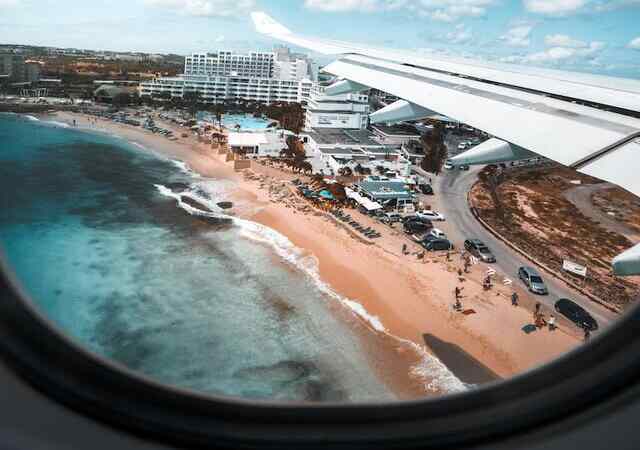
Living Conditions in St Maarten
St Maarten is a small island nation with a population of just over 40,000 people. While the country’s economy is heavily dependent on tourism, many of its citizens live in poverty and struggle to access basic necessities such as housing, healthcare, and education.
In 2017, the poverty rate in St Maarten was estimated at 15.9 percent, well above the average for high-income countries. This means that approximately one in six people in St Maarten lives below the poverty line. The poverty rate is highest among single-parent households and households with elderly residents.
Access to affordable housing is a major challenge for many in St Maarten. The high cost of living on the island makes it difficult for low-income families to find safe and adequate housing. As a result, many live in overcrowded or substandard housing conditions.
Healthcare is another area of concern in St Maarten. While the country has several healthcare facilities and providers, the cost of medical care can be prohibitively expensive for many. This can make it difficult for those living in poverty to access the care they need.
Education is also an issue in St Maarten. While the country has a well-developed education system, many families struggle to afford the cost of tuition and other associated expenses. This can make it difficult for children from low-income families to access quality education.
The Impact of Natural Disasters
In September 2017, St Maarten was hit by Hurricane Irma, a Category 5 storm that caused widespread devastation across the island. The hurricane destroyed homes and infrastructure, leaving many without access to basic necessities such as clean water and electricity.
The impact of the hurricane was particularly severe for those living in poverty. Many low-income families lost their homes and possessions in the storm, leaving them with few resources to rebuild and recover.
“The impact of the hurricane was particularly severe for those living in poverty.”
While recovery efforts are ongoing and progress has been made in rebuilding homes and infrastructure, many families continue to struggle in the aftermath of the storm. In addition, St Maarten remains at risk of future natural disasters, which could further exacerbate the country’s socio-economic challenges.
Economic Development in St Maarten
St Maarten’s economic development has been a key focus for the government in recent years, with a particular emphasis on poverty alleviation and sustainable growth.
The island nation has faced a number of economic hurdles, including the impact of natural disasters, high unemployment rates, and a high cost of living.
However, there have also been positive signs of progress in certain areas of the economy, such as tourism and agriculture.
Poverty Alleviation Initiatives
The government of St Maarten has implemented a number of poverty alleviation initiatives aimed at improving the living conditions of its citizens.
These include programs to provide affordable housing, improve access to healthcare and education, and offer job training and entrepreneurship opportunities.
In addition, the government has increased social spending and established a minimum wage, although some critics argue that these measures could have a negative impact on the private sector.
Sustainable Economic Growth Strategies
The government has also been focused on promoting sustainable economic growth, with a particular emphasis on tourism and agriculture.
The island’s long-standing dependence on tourism has led to increased investment in the sector, with improvements in infrastructure and the promotion of cultural heritage tourism.
Additionally, the government has made efforts to diversify the economy by encouraging the development of the agriculture sector, particularly in the areas of horticulture and aquaponics.
| Key Economic Indicators | 2019 | 2020 |
|---|---|---|
| GDP (USD) | $1.19 billion | $1.08 billion |
| GDP Growth Rate | 2.8% | -10.8% |
| Unemployment Rate | 9.9% | 12.5% |
Challenges and Opportunities
St Maarten faces a number of challenges in its quest for economic development, including a high level of public debt, a lack of skilled labor, and vulnerability to natural disasters.
However, there are also opportunities for growth, including the potential for increased foreign investment, the development of new industries, and the expansion of existing sectors such as tourism and agriculture.
The government will need to balance these opportunities with the need for sustainable development and poverty reduction.
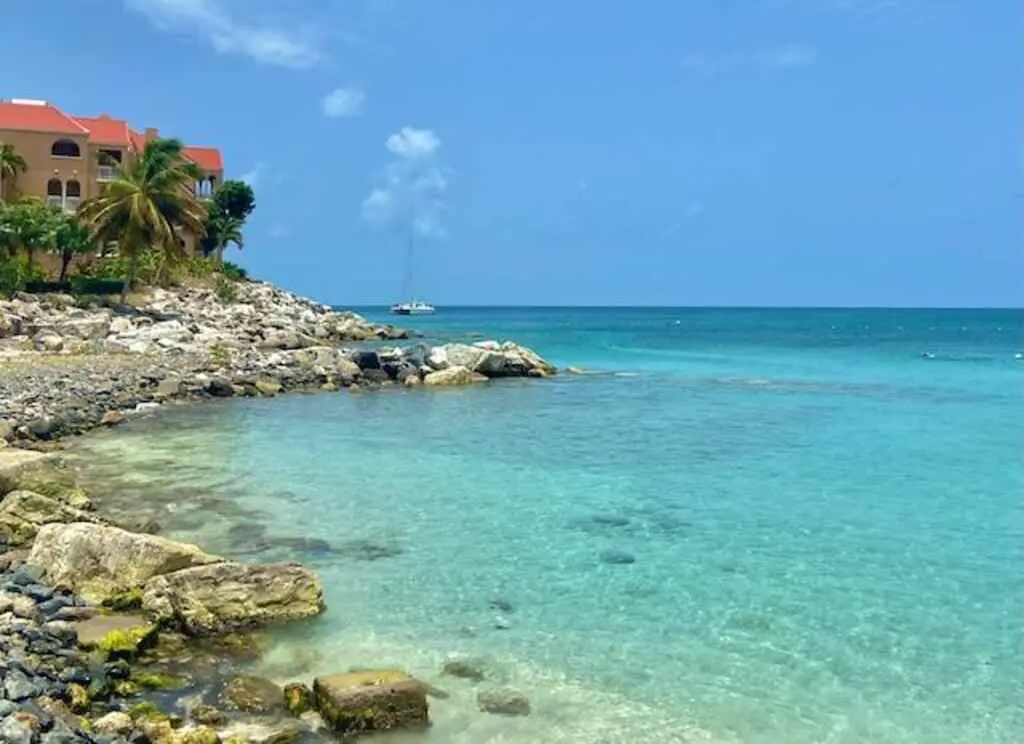
Inequality in St Maarten
St Maarten, like many other countries, struggles with issues of inequality. The wealth gap between the rich and the poor is significant, with the top 20% of earners accounting for over 50% of the total income. At the same time, the bottom 20% of earners only account for a mere 2% of the total income.
There are several factors contributing to this inequality. One of the main drivers is the high cost of living, including housing, healthcare, and education. This makes it challenging for those with low incomes to make ends meet and improve their situation.
Causes of Inequality in St Maarten
One of the main causes of inequality in St Maarten is the concentration of wealth in the hands of a few individuals and businesses. The tourism industry, which accounts for a significant portion of the island’s economy, is largely controlled by a few large corporations and hotel chains. This limits opportunities for small business owners and local entrepreneurs.
Another contributing factor is the lack of access to education and training opportunities, particularly for low-income individuals. This limits their skills and qualifications, making it difficult for them to find well-paying jobs and improve their economic situation.
Consequences of Inequality
The consequences of inequality in St Maarten are significant. Those living in poverty face challenges accessing basic necessities such as food, housing, and healthcare. They are also more likely to experience social exclusion and discrimination.
Inequality also has broader implications for the economy as a whole. It can limit economic growth and hinder the development of new industries and businesses. This, in turn, can lead to a loss of opportunities for job creation and economic advancement.
Addressing Inequality in St Maarten
Addressing inequality in St Maarten requires a multifaceted approach. One key strategy is promoting the development of small businesses and entrepreneurship. This can help create new opportunities and reduce the concentration of wealth in the hands of a few.
Another important approach is investing in education and training opportunities, particularly for low-income individuals. This can help increase their skills and qualifications, making it easier for them to find well-paying jobs and improve their economic situation.
Finally, policies and initiatives that target poverty reduction and social inclusion can also help address inequality in St Maarten. This includes providing access to basic necessities such as healthcare and housing, as well as promoting social equality and non-discrimination.
The Tourism Industry in St Maarten
St Maarten is a popular tourist destination, with the tourism industry being a significant contributor to the island’s economy. The industry provides numerous jobs and generates revenue through the spending of tourists.
In 2019, St Maarten received over 2.7 million visitors, with the majority being cruise ship passengers. The island’s unique blend of Dutch and French cultures, beautiful beaches, and vibrant nightlife continue to attract tourists from around the world.
The tourism industry also supports other sectors of the economy, including transportation, construction, and retail. In recent years, St Maarten has made efforts to diversify its tourism offerings, including promoting eco-tourism and adventure activities such as zip-lining and hiking.
| Year | Visitor Arrivals |
|---|---|
| 2015 | 1,772,675 |
| 2016 | 2,016,185 |
| 2017 | 2,106,000 |
| 2018 | 2,127,266 |
| 2019 | 2,712,873 |
Despite the industry’s success, the COVID-19 pandemic has had a significant impact on tourism in St Maarten. In 2020, visitor arrivals decreased by over 60% compared to the previous year, resulting in significant economic losses. The government has implemented measures to support the industry, including financial assistance to tourism-related businesses and the establishment of safety protocols to ensure the safety of visitors and residents.
The future of St Maarten’s tourism industry remains uncertain, as travel restrictions and safety concerns continue to affect global tourism. However, the island nation remains committed to promoting its unique culture and natural beauty to tourists from around the world.
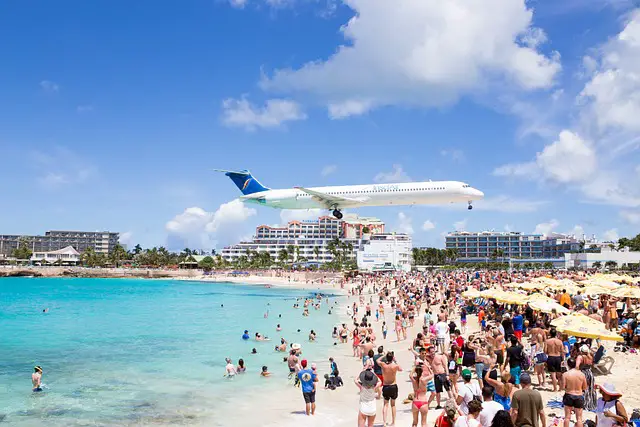
The Agriculture Industry in St Maarten
Despite its small size, St Maarten has a diverse economy that not only depends on its tourism industry but also includes a budding agriculture sector. The agriculture industry in St Maarten has the potential to contribute significantly to the island’s economy, particularly in terms of food security, employment, and economic growth.
The Current State of Agriculture Industry in St Maarten
Due to St Maarten’s small size and limited land resources, the agriculture industry is still in its early stages of development. The local production of agricultural products is not enough to meet the demand of the island’s population, and most of the food consumed in St Maarten has to be imported from neighboring countries.
However, the government of St Maarten has recognized the potential of the agriculture industry and has initiated programs to support local farmers and promote food security. The Department of Agriculture, Livestock, and Fisheries has been established to provide training and technical assistance to local farmers and promote sustainable agriculture.
Potential for Agricultural Development
St Maarten’s climate and soil conditions are favorable for the cultivation of a wide range of crops, including root vegetables, fruits, and grains. The island’s abundant rainfall and fertile soil provide ideal conditions for crop cultivation, making it possible to grow crops year-round.
The government of St Maarten has also identified the potential of the agriculture industry to reduce the island’s dependence on food imports and support the local economy by creating employment opportunities. By promoting sustainable agriculture practices and providing support to local farmers, the government hopes to increase the production of local crops and decrease the country’s reliance on imported food products.
Challenges Faced by Agriculture Industry
The agriculture industry in St Maarten faces several challenges, including limited land resources, lack of technical expertise, and limited infrastructure. The high cost of land and its limited availability make it difficult for farmers to expand their operations and increase crop production.
The lack of technical expertise and training also hinders the development of the agriculture industry. Farmers require technical support and assistance to adopt sustainable agriculture practices and increase crop yields. Additionally, the lack of proper infrastructure, such as storage facilities and transportation networks, makes it difficult for farmers to bring their crops to market.
The Future of Agriculture Industry in St Maarten
The agriculture industry in St Maarten has the potential to grow and contribute significantly to the island’s economy. The government’s initiatives to promote sustainable agriculture and support local farmers have already begun to yield positive results, and with continued investment and support, the industry can continue to grow.
The future of the agriculture industry in St Maarten will depend on the government’s commitment to invest in infrastructure and provide technical expertise and training to local farmers. With the right support, the industry can become a sustainable source of employment and economic growth for the island nation.
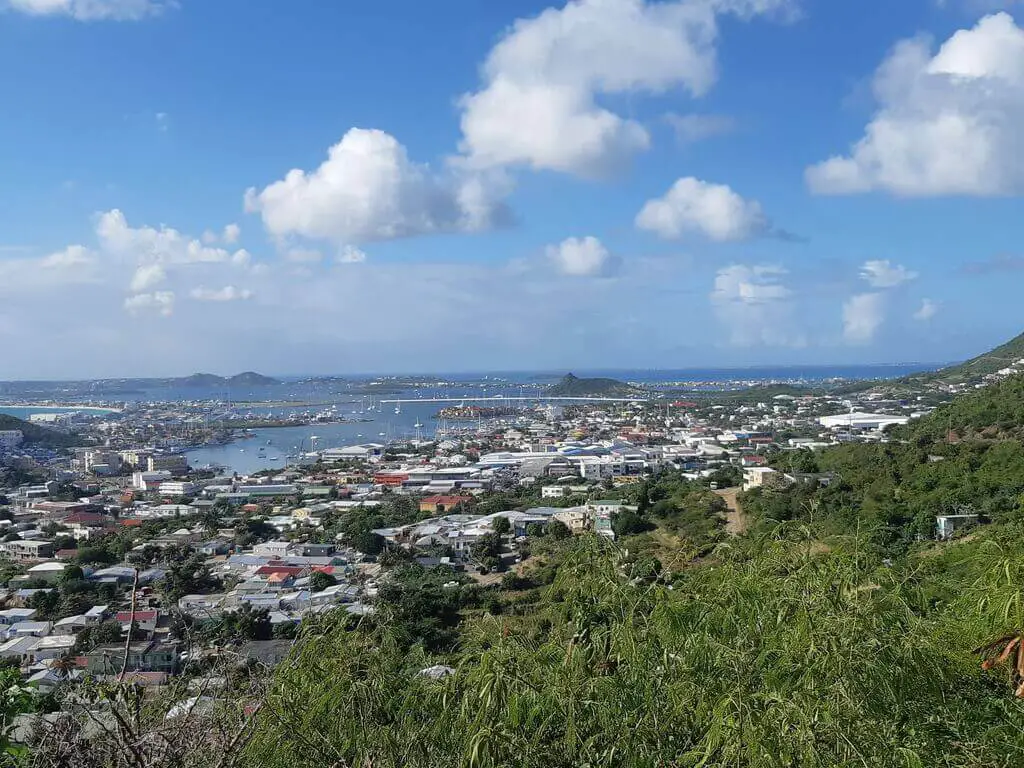
The Role of Government in St Maarten’s Economy
The government of St Maarten plays an important role in the island nation’s economy. Its policies and initiatives can have a significant impact on economic growth, job creation, poverty reduction, and the overall well-being of its citizens.
One key area where the government is involved is in the promotion of tourism. St Maarten’s tourism industry is a major source of revenue for the country, and the government has implemented policies to attract more tourists and support the development of tourism infrastructure. This includes investments in airport and seaport facilities, as well as marketing campaigns to promote St Maarten as a desirable vacation destination.
The government has also implemented poverty alleviation initiatives to address the socio-economic challenges faced by certain segments of the population. For example, the Ministry of Public Health, Social Development and Labour has developed programs such as the St. Maarten Training Foundation, which provides job training opportunities to unemployed and underemployed individuals. The Department of Labor Affairs and Social Services also provides financial assistance to households in need.
Another important role of the government is in the regulation and support of the agriculture sector. While the sector is small in scale, it has potential for further development, and the government has implemented policies to support farmers and increase production. The St Maarten Agricultural Research & Development Foundation provides technical support and training to farmers, while the Ministry of VROMI has worked to improve irrigation systems and infrastructure in agricultural areas.
The government has also focused on improving the business environment to attract foreign investment and support local entrepreneurship. The St Maarten Chamber of Commerce and Industry serves as a resource center for businesses, while the Ministry of Tourism, Economic Affairs, Transport, and Telecommunication (TEATT) has developed policies to support sectors such as information technology and renewable energy.
Overall, the government of St Maarten plays a critical role in promoting economic development and reducing poverty. However, there is still room for improvement in areas such as corruption and transparency, and continued efforts are needed to ensure sustainable and inclusive economic growth for all citizens.
The Future of St Maarten’s Economy
St Maarten’s economy faces significant challenges in the future, but there are also opportunities for growth. The government’s efforts to promote sustainable economic development and alleviate poverty will play a crucial role in shaping the island nation’s future.
One of the key challenges faced by St Maarten’s economy is the over-reliance on the tourism industry. While the tourism sector has been a major contributor to the economy, it has also demonstrated the vulnerability of relying on a single industry. Therefore, St Maarten’s government aims to diversify the economy and promote other sectors such as agriculture and manufacturing, providing more stable sources of income and creating more job opportunities in different areas of the economy.
Another challenge faced by St Maarten’s economy is the income inequality. The government has been implementing policies to address income inequality while promoting economic growth. The focus is on reducing poverty and creating more opportunities for people, especially youth, to participate in the economy through access to education and training, entrepreneurship and job creation programs.
Investment Opportunities
St Maarten’s government seeks to attract foreign investment to promote economic growth. The government hopes to attract investors who can participate in the development of infrastructure, energy, transportation, and other sectors.
St Maarten’s location also provides opportunities for investment in the cruise ship and yachting industries. The government is promoting the development of these industries, which will create more job opportunities and attract more tourists to the island nation.
Sustainability Efforts
The government is promoting sustainable economic development to ensure that St Maarten’s economy can continue to grow in the long term. This includes implementing policies and programs to reduce carbon emissions, promoting sustainable tourism, and investing in renewable energy sources.
The government is also promoting sustainable agriculture and fishing practices, which will contribute to food security and create more job opportunities in these sectors.
In conclusion, while St Maarten’s economy faces significant challenges, there are also opportunities for growth. The government’s efforts to promote sustainable economic development, attract foreign investment, and reduce income inequality will be crucial in shaping the future of St Maarten’s economy.
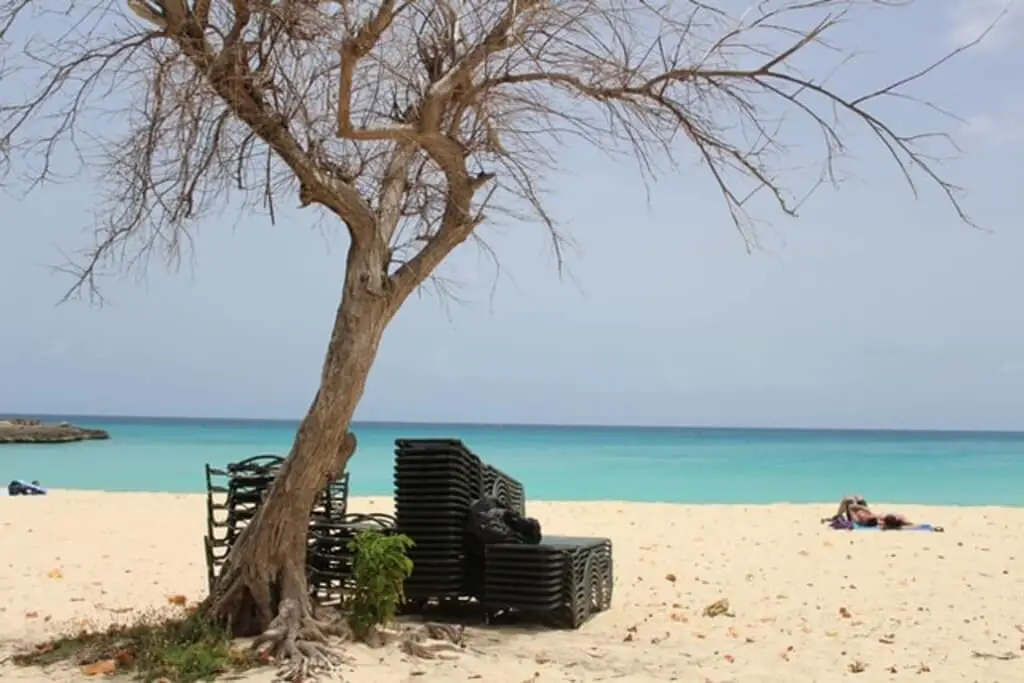
The Economic Realities of St Maarten: A Final Analysis
St Maarten is a nation that faces numerous challenges in its pursuit of economic growth and poverty reduction. This article has explored various aspects of St Maarten’s economy and provided a comprehensive analysis of its economic realities. Here are the key takeaways:
Socio-Economic Status
St Maarten has a high GDP per capita, but this figure masks significant income inequality and poverty. According to the latest data, the poverty rate in St Maarten is around 14%, and poverty indicators paint a picture of a nation where many people struggle to make ends meet.
Living Conditions
The living conditions in St Maarten are varied, with access to basic necessities such as housing, healthcare, and education often dependent on individuals’ economic status. Those living in poverty face significant challenges, including limited access to essential services and a lack of affordable housing.
Economic Development
St Maarten has made significant strides in promoting economic growth and reducing poverty, but there is still much work to be done. The tourism industry plays a crucial role in St Maarten’s economy, but the nation must focus on diversifying its economic base to achieve long-term sustainable growth.
Inequality
Income inequality is a major challenge in St Maarten, with significant disparities in both income and access to essential services. To address this issue effectively, the nation must implement policies that address the root causes of inequality and promote greater economic inclusion.
The Role of Government
The government of St Maarten has an important role to play in promoting economic growth and reducing poverty. Its policies must focus on supporting small and medium-sized enterprises, investing in infrastructure, and promoting greater economic inclusion.
The Future of St Maarten’s Economy
Despite the challenges it faces, St Maarten’s economy has the potential for growth and greater economic prosperity. However, this will require sustained effort and investment in key areas such as infrastructure, education, and diversification of the economic base.
Frequently Asked Questions
- What is the poverty rate in St Maarten?
According to the latest data, the poverty rate in St Maarten is around 14%. - What is the role of the tourism industry in St Maarten’s economy?
The tourism industry is a major contributor to St Maarten’s economy, generating significant employment and revenue. - What can the government of St Maarten do to promote economic growth?
The government can promote economic growth by investing in infrastructure, promoting economic inclusion, and supporting small and medium-sized enterprises. - What is the outlook for St Maarten’s economy?
St Maarten has the potential for sustained economic growth and greater prosperity, but this will require sustained effort and investment in key areas. - What are the challenges faced by those living in poverty in St Maarten?
Those living in poverty in St Maarten face significant challenges, including limited access to essential services, a lack of affordable housing, and limited economic opportunities.
References
List of sources used in this article:
| Source | Link |
|---|---|
| Central Bureau of Statistics St Maarten | N/A |
| The World Bank | N/A |
| St Maarten Chamber of Commerce | N/A |
Conclusion
In conclusion, while St. Maarten faced economic challenges in the past, it is not considered a poor country. As a constituent country within the Kingdom of the Netherlands, St. Maarten benefits from tourism, trade, and investments, contributing to its economic growth.
However, like any nation, there are disparities and socioeconomic issues that require attention. By focusing on sustainable development and promoting inclusive growth, St. Maarten can continue to progress and improve the well-being of its residents.
Understanding its unique context helps foster empathy and support for the island’s ongoing efforts to build a brighter future.
Frequently Asked Questions
What is the poverty rate in St Maarten?
According to the latest available data, the poverty rate in St Maarten is estimated to be around 14%. However, it is important to note that poverty is not solely measured by income and can also be influenced by factors such as access to basic necessities like healthcare and education.
What initiatives has the government of St Maarten put in place to alleviate poverty?
The government has implemented a number of initiatives aimed at poverty alleviation, including the establishment of a social safety net to support vulnerable groups, increasing access to healthcare, and expanding education opportunities. The government has also been working with international partners to promote sustainable economic growth and job creation.
What is the economic outlook for St Maarten?
While St Maarten faces challenges such as a high debt burden and vulnerability to natural disasters, there is potential for the economy to grow in areas such as tourism and agriculture. The government has committed to promoting sustainable economic growth and diversifying the economy, which could help to create new opportunities for businesses and individuals.
What are the major industries in St Maarten?
The tourism industry is the largest sector of the economy, followed by the financial services industry and the construction sector. Agriculture also has potential for growth, particularly in the production of fruits and vegetables and aquaculture.
What are the living conditions like in St Maarten?
While St Maarten has a high standard of living in comparison to some other Caribbean nations, living conditions can vary depending on income level. Access to basic necessities such as affordable housing, healthcare and education can be a challenge for those living in poverty. The island nation also faces environmental issues such as rising sea levels and the impact of hurricanes.
What role does the government play in St Maarten’s economy?
The government plays a significant role in St Maarten’s economy, implementing policies and initiatives aimed at promoting economic growth and reducing poverty. The government has also worked to attract foreign investment and to diversify the economy beyond tourism.
References
1. The World Bank. (2021). St Maarten Country Overview. Retrieved from https://www.worldbank.org/en/country/stmaarten/overview
2. St Maarten Chamber of Commerce & Industry. (2020). St Maarten Economic Report. Retrieved from https://www.chamberofcommerce.sx/economic-activity/economic-reports
3. The Daily Herald. (2021). Princess Juliana Airport Rehabilitation Project to Begin Soon. Retrieved from https://www.thedailyherald.sx/islands/princess-juliana-airport-rehabilitation-project-to-begin-soon
4. St Maarten Ministry of Tourism, Economic Affairs, Transport and Telecommunication. (2020). Strategic Tourism Plan 2020-2025. Retrieved from https://www.shta.com/wp-content/uploads/2020/01/Strategic-Tourism-Plan-2020-2025-1-2-1.pdf
5. Central Bureau of Statistics. (2021). Poverty Report 2020. Retrieved from https://www.sintmaartengov.org/government/VSA/Departments/CPS/Documents/Poverty%20Report%202020%20St.%20Maarten.pdf

